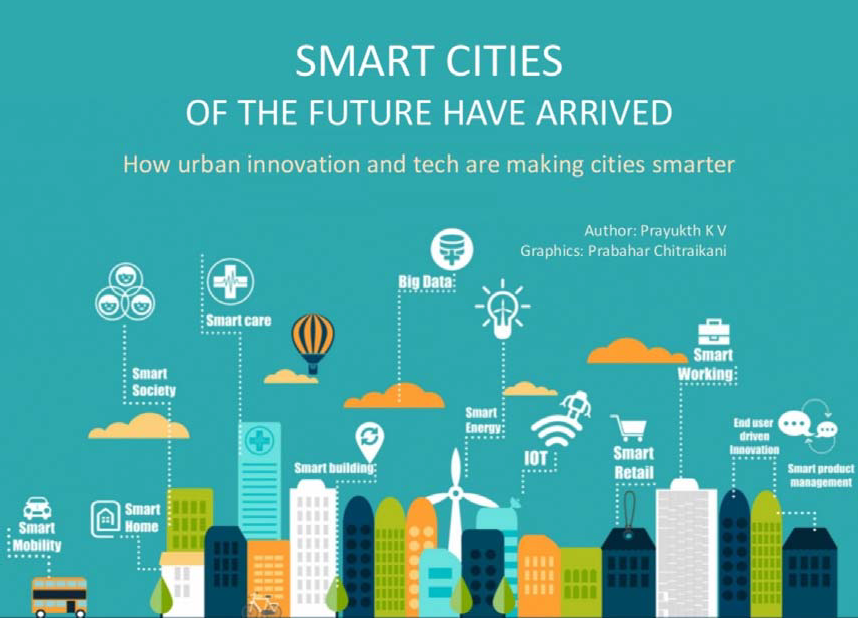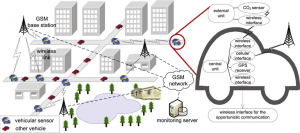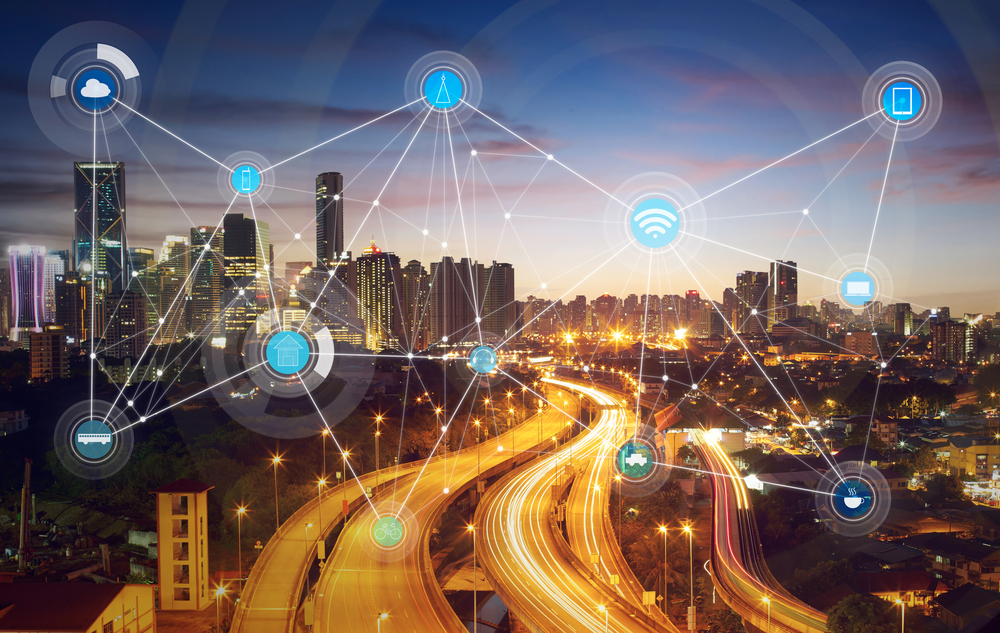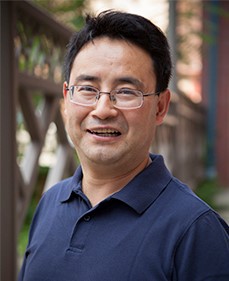
In the 2018 CURIE Academy, participants learned how urban infrastructure provides critical services for the health, economic well-being, and security of modern communities, and represents one of the defining characteristics of the modern world. Stress in the physical infrastructure is reflected in structural deterioration and interruption of service from increased exposure to both natural and anthropogenic hazards including environmental pollution. Physical infrastructure and interdependent social, economic, and environmental systems are also stressed by population growth, social inequities, and the institutional barriers to integrated and intelligent infrastructure management. The social, economic, and political dimensions of urban life are intimately tied to functional infrastructure.
In the meantime, natural resources and environments have become a scarce commodity and have thus posed a challenge which civilization must confront to enable healthy living, economic growth, safety and security. This relates to issues such as water, air quality, transportation and energy efficiency, which are all driven by increasing world population growth and urbanization, accompanied by decreasing natural resources. Stressors such as environmental pollution, natural resource depletion, and climate change impose special challenges for sustainability. For instance, in the last century the US ground transportation fleet expanded from 450,000 vehicles in 1910 to 200 million vehicles clocking 2.5 trillion vehicle miles today. It is projected that by 2050 US vehicle-miles-traveled will grow to 4.8 trillion miles. A similar trend is true in many other countries worldwide. Transportation-related air pollution (e.g., ground-level ozone and particulate matter (PM) pollution) is an issue of significant importance. The World Health Organization estimates that urban air pollution causes 200,000 deaths per year worldwide and that it will be responsible for 8 million premature deaths between the years 2000 and 2020.

Sacrificing environmental quality and public health for urban infrastructure is simply not feasible. Fortunately, the convergence of several trends and technologies, ranging from internet of things (IoT), new mobility services enabled by advances in information technology and the cloud, to connected and automated electric vehicles, to millennials’ attitudinal changes towards auto travel (solo driving in particular) provide new openings for innovations that address the livability challenges of people without further degrading the environment and public health. Smart and Healthy Cities are emerging on the horizon with urban innovation, technology advancement, and new demographic trends (Figure 1).
The Center for Transportation, Environment, and Community Health is a USDOT Tier 1 University Transportation Center awarded in 2016 to advance transportation sustainability in its broader human and environmental contexts. In the CTECH and Smart and Healthy Cities summer CURIE program, CTECH exposed program participants to a wide spectrum of project topics from human behavior/decisions, to data analytics of environment and human health. The students studied the concept and management of smart and healthy cities.

Specific topics included
- Planning, design and management of smart multimodal transportation systems in which engineers can contribute to addressing a wide variety of challenges, ranging from congestion to security to environmental impact;
- Analysis, design, and construction of smart built environment such as energy smart buildings; and
- Mobile sensing data of public exposure to traffic.

 Smart and Healthy Cities
Smart and Healthy Cities